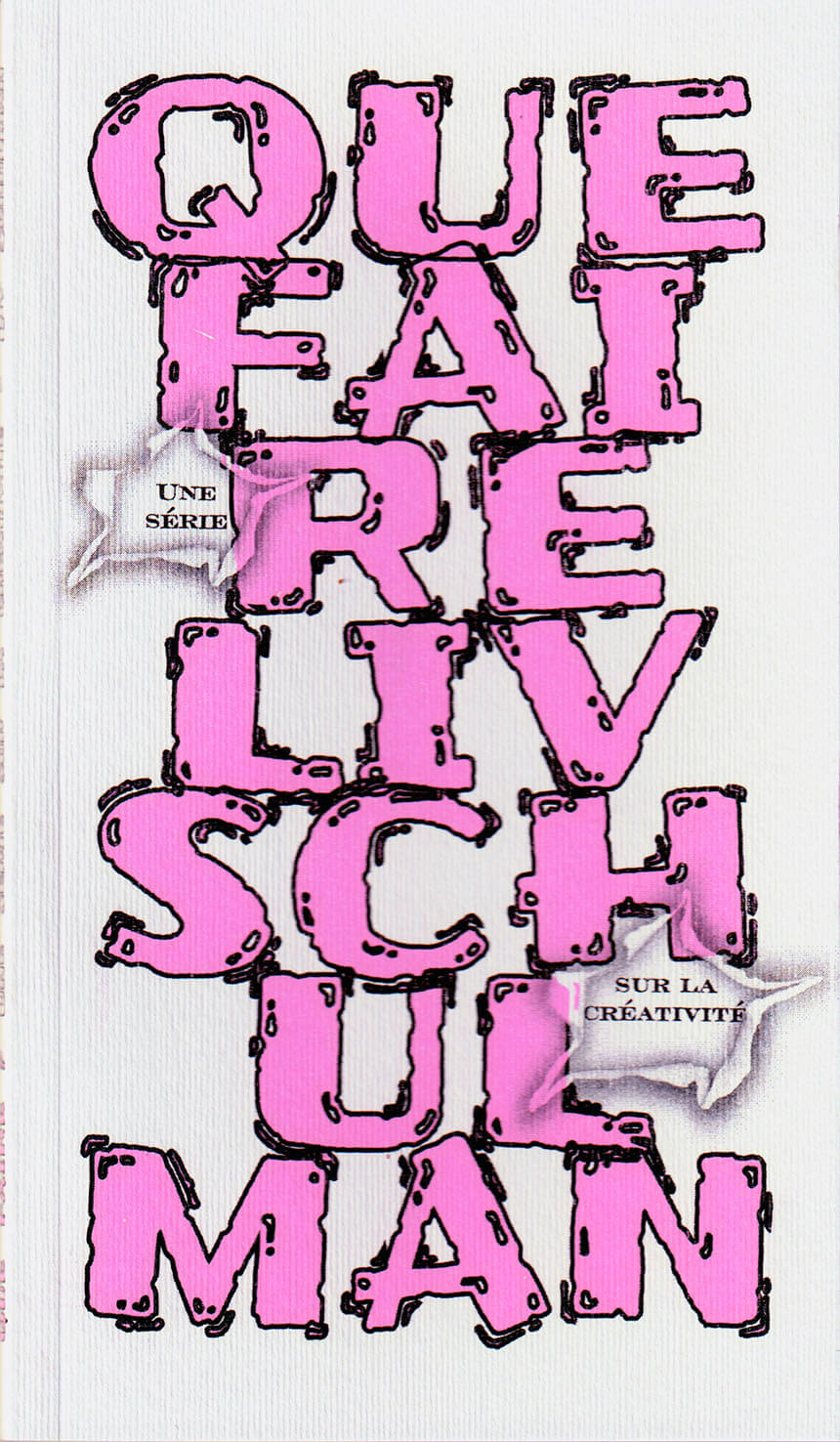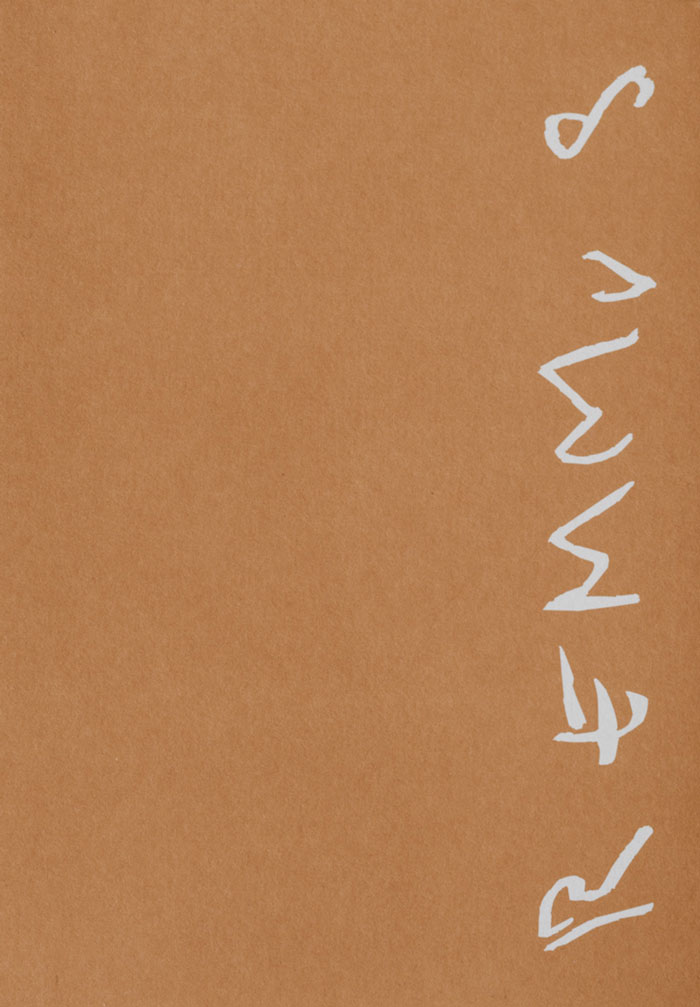
Que Faire
In Que Faire? a group of local amateur actors focuses on the exchangeable power of spoken word and its transformative nature. The group searches desperately for ideas, they look for a way to save their jobs through the use of language. They go to group therapy, they lock themselves in the writer’s room and they live their collective unemployment in an empty studio of the former Company. In QueFaire? the power of the collective works as a lonely psycothic voice. The city of Noisy-le-Sec where I have lived for 7 months becomes the ground of this fiction and integrates the inhabitants as actors, the activity and the municipal places of the city, gathering and re-inventing the notions of inspiration and creativity at work.
Authors and contributors: Liv Schulman, in collaboration with Alain Farrès, Dominique Martin, Thomas Brehamet-Godet, Gaëtan Alepee, Nathanaëlle Puaud, Emilie Renard, Zoe Charles, Alban Legass, Régine Besenval, Nadège Souillard et Marjolaine Calipel.
Text in French.
Graphic Design: Roxanne Maillet
Language: French







